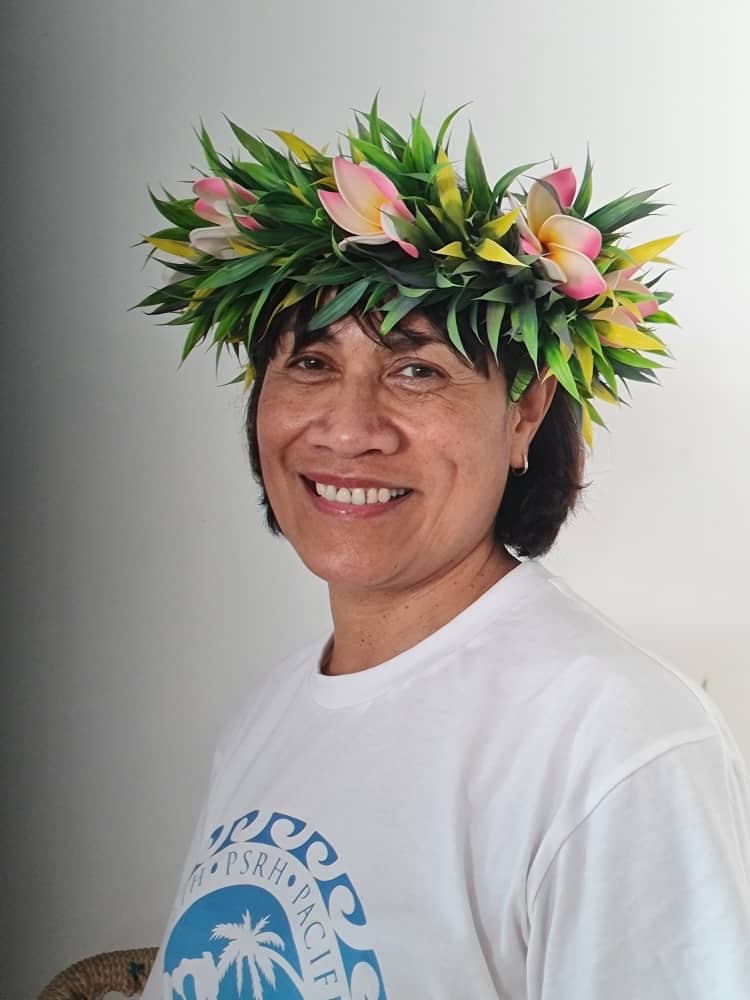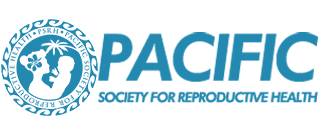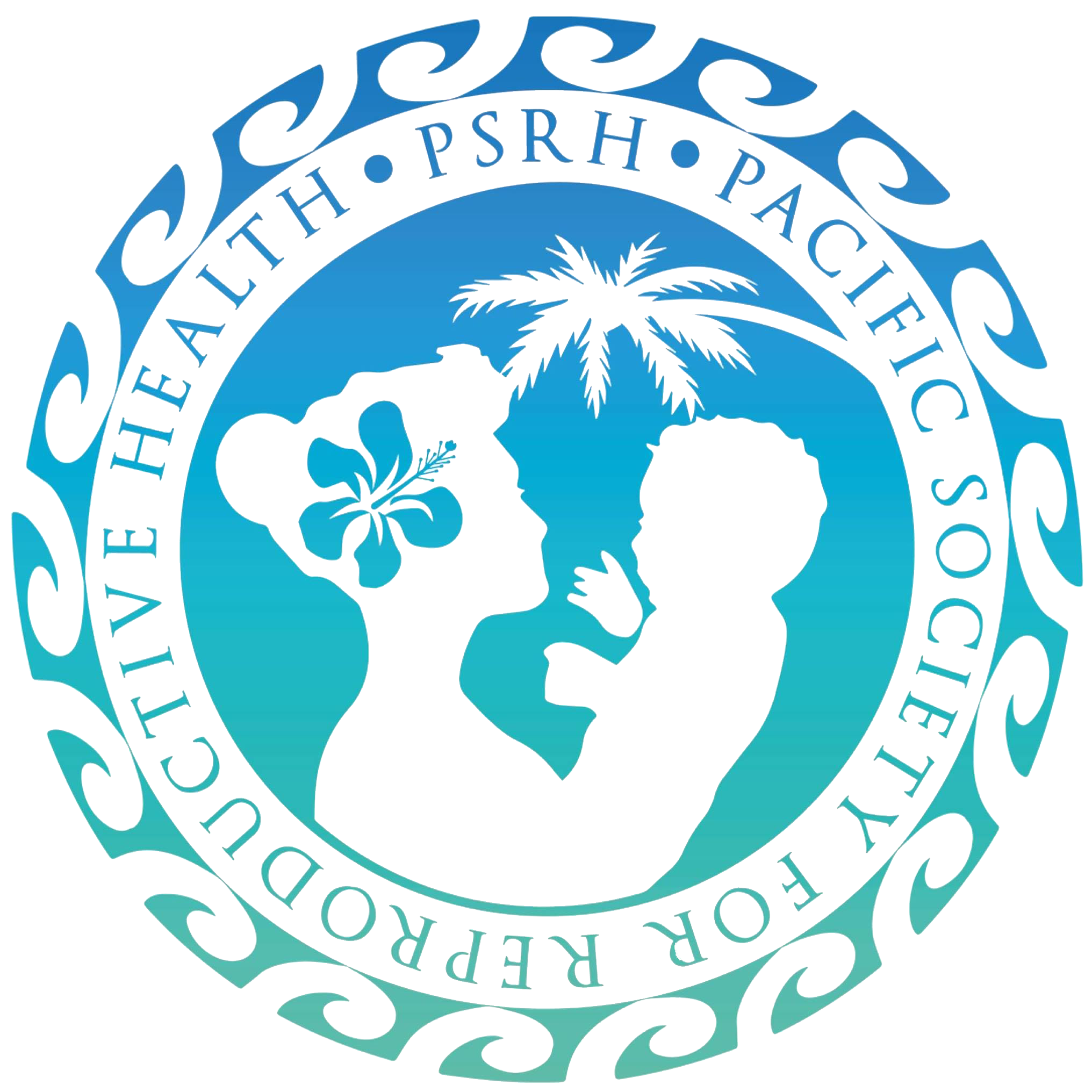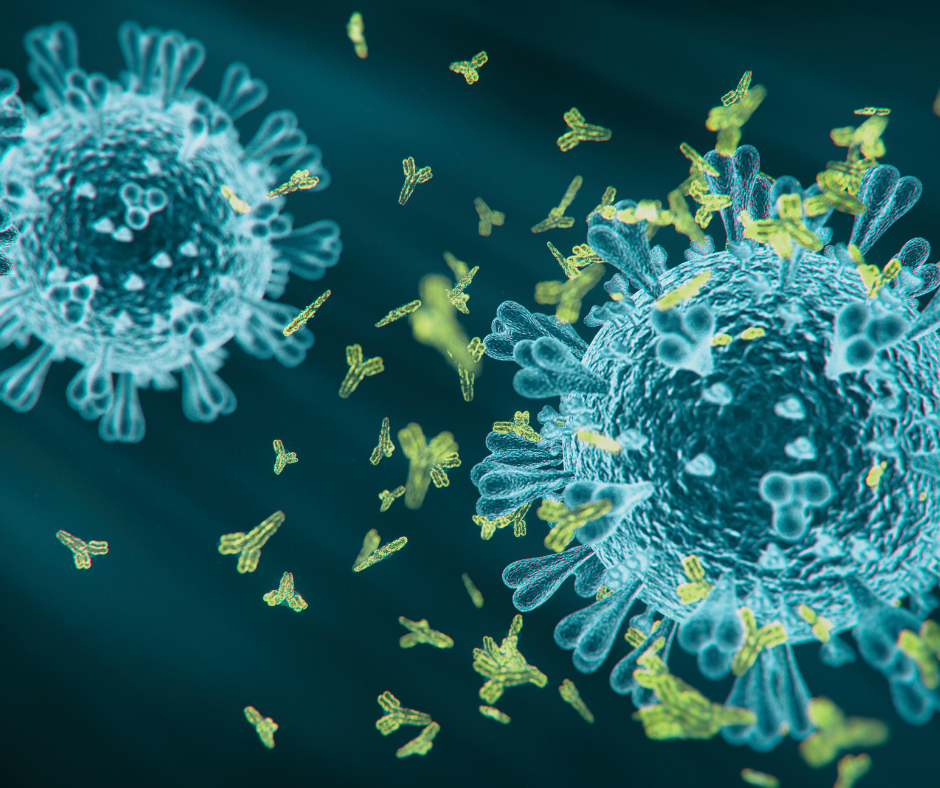Board 2022-2024
Energy and Passion
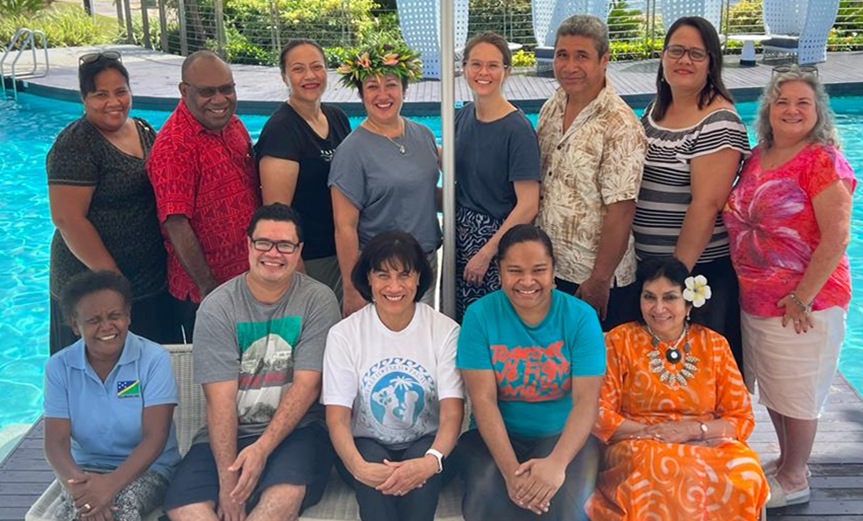
As part of our BGM the Society welcomed a new board and chief officers of the trust. Some of the new board consists of familiar faces (Dr Karaponi Okesene-Gafa, Ulai Tapa Fidow, Dr Pushpa Nusair, Dr Gunzee Gawin (past President)) but a number of new members were welcomed into the fold. Welcome to:
Dr Amanda Noovao-Hill – Head of Secretariat
Dr Nanise Sikiti
Dr Rebecca Mitchell – RANZCOG representative
Dr Francis Maru – Treasurer
Leila Ross
Robyn Lui-Yuen
Dr Ioanna Beiatau
A hearty congratulations to our new President Dr Karaponi Okesene-Gafa and Vice Presidents – Dr Ulai Tapa Fidow and Litiana Tatukivei and who will preside over the board from 2022-2024.
Board Focus
We received the mandate from the membership at the recent BGM to focus on the following areas and will update work plans and progress against those plans from time to time as we near the culmination of the next work period, from now until the BGM in 2024. Plans are already underway and expect exciting initiatives shortly.
- Caring for the Carers,
- Development of a pan-Pacific midwifery college closely aligned with PSRH,
- Practicum mentorship and Clinical Services Quality Assurance,
- Combating the endemic rise of Gender Based Violence and Intimate Partner Violence in the Pacific,
- Contending with the rise of Gynaecological Cancers in the Pacific.
If you wish to be involved in developing these initiatives or have ideas or contributions to make please contact us by email and we will put you in touch with the team lead.
Kia Ora Auckland
As voted on at the BGM in Samoa, our next BGM Scientific Conference and Workshops will be held in March 2024 in Auckland, New Zealand. All offers of assistance (and all ideas are very gratefully received) in leading this conference to our LOC.
